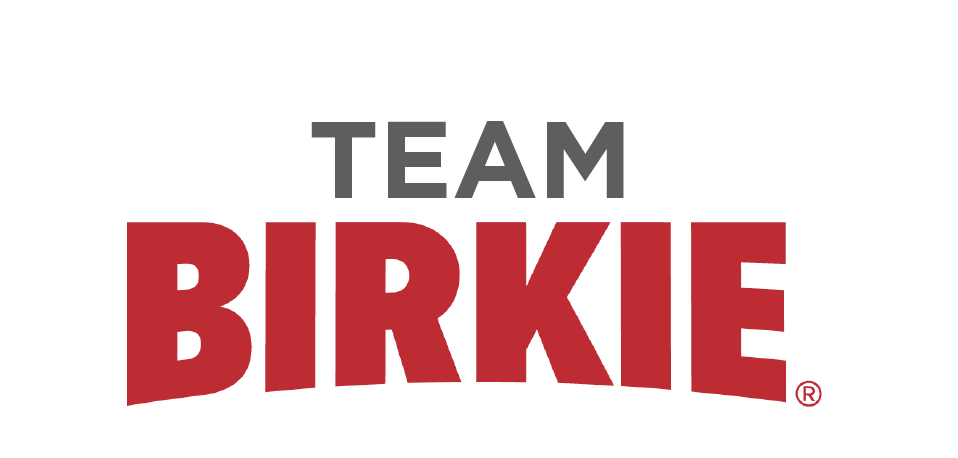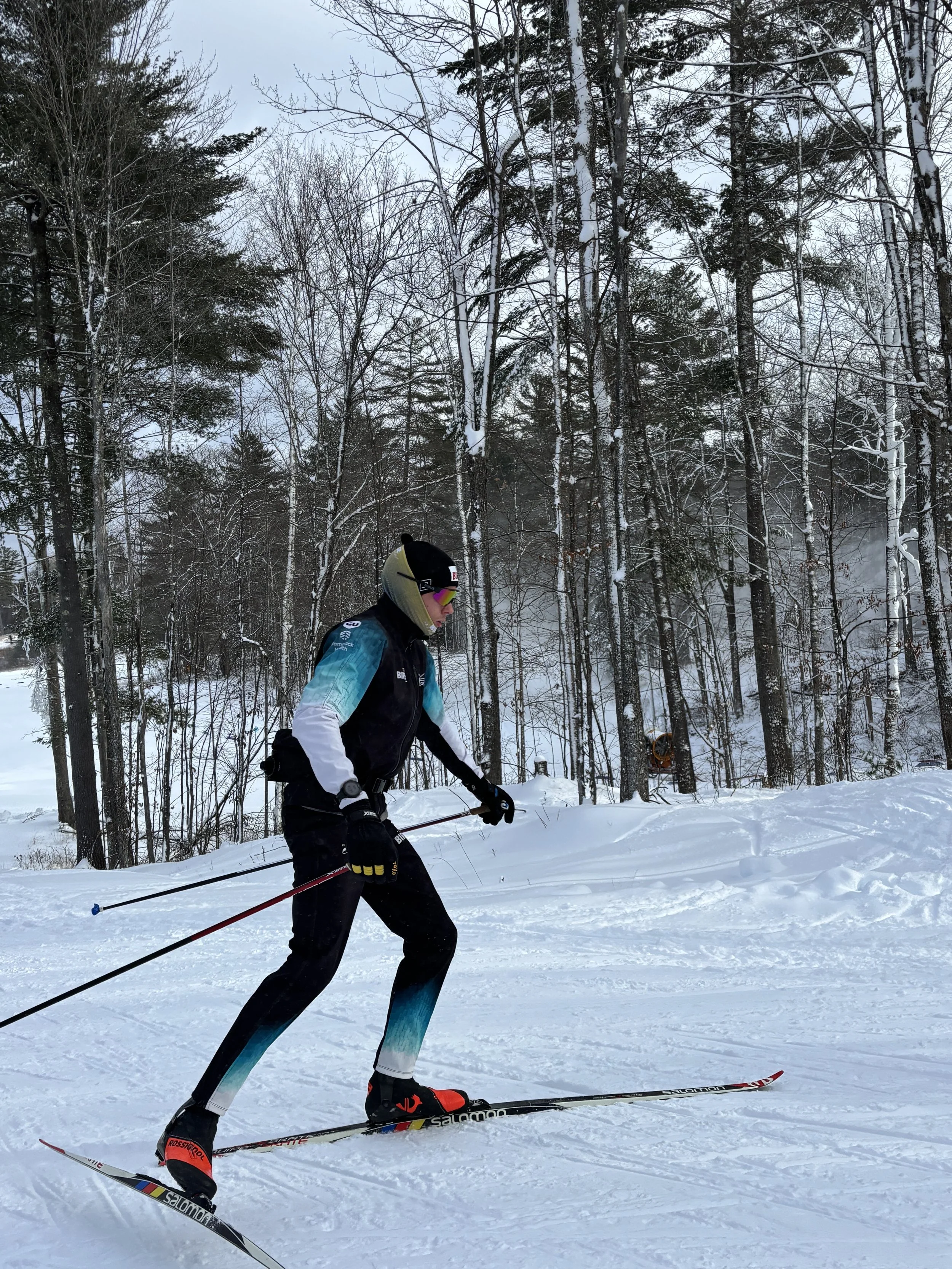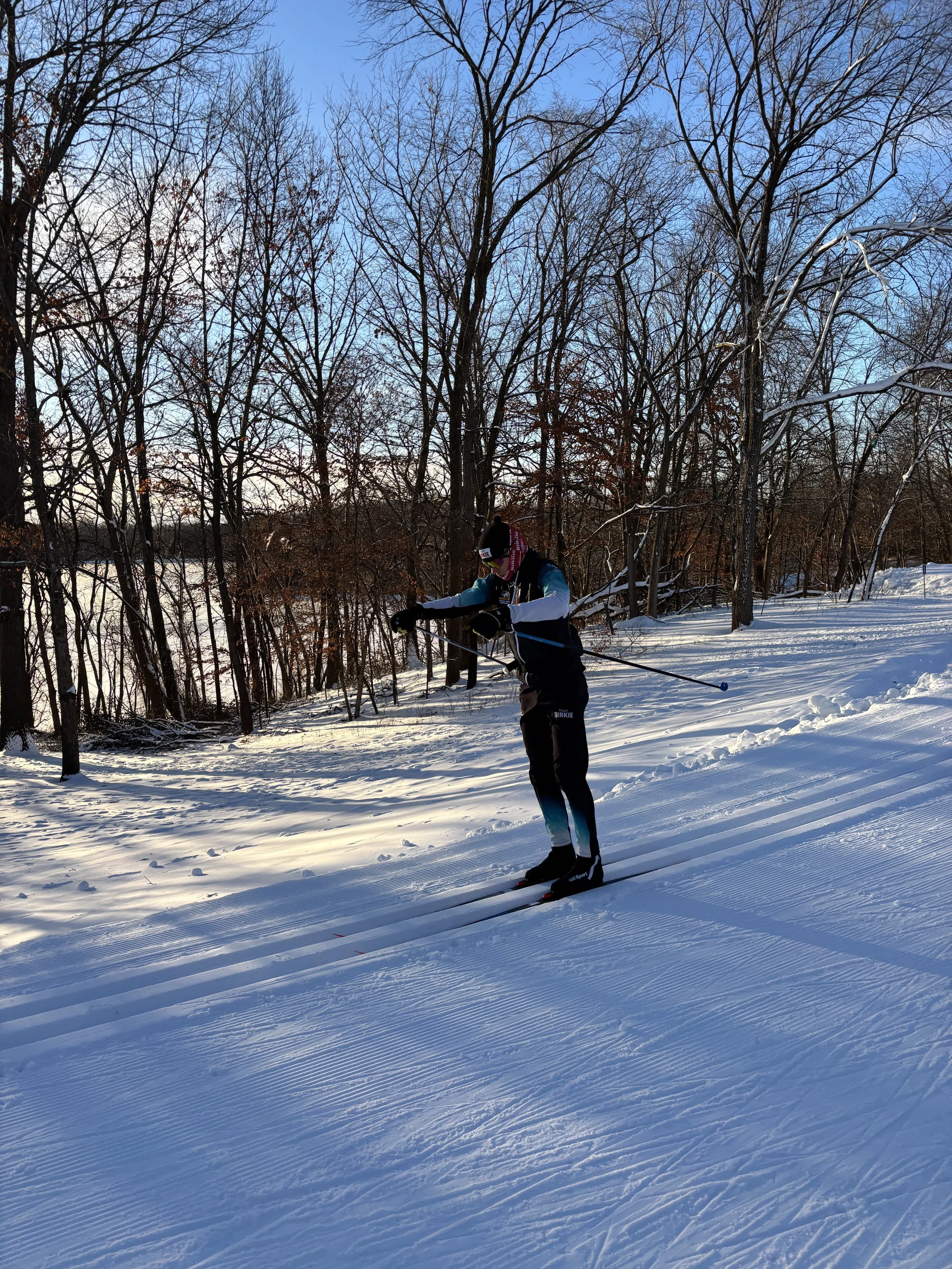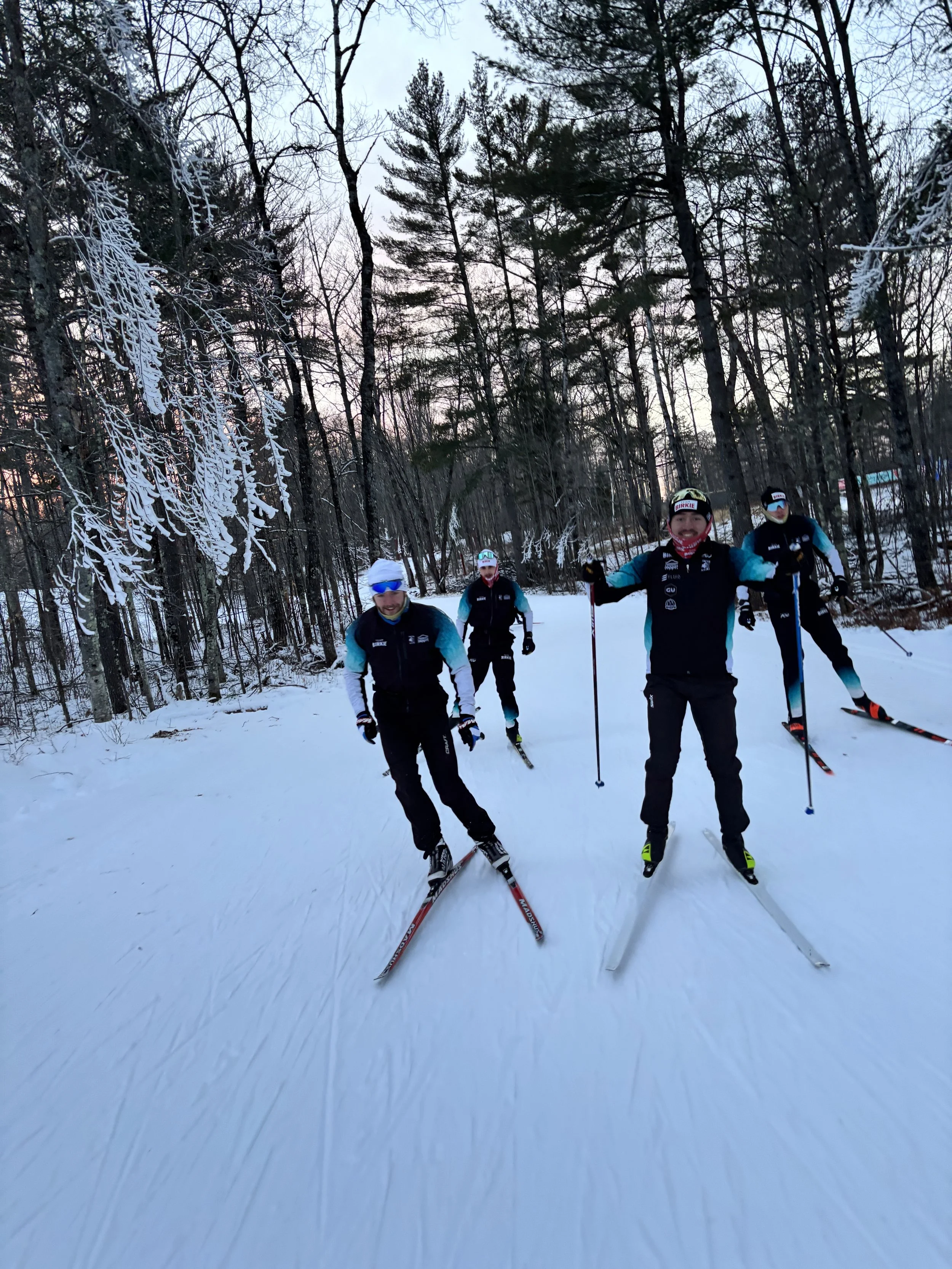10 Tips for Transitioning Back to Snow
Hi everyone, Henry checking in right before heading to Cable for our first time on snow this year and wanted to share some things I'll be thinking about as I get back on snow after a big summer of rollerskiing.
1. Start slow
Even though you might be feeling really fit right now it's really important to ski slower than you were going all summer. On snow hills tend to be more extreme and the skis are heavier making the climbing much harder to do. Snow conditions are typically also slower than rollerskiing so you have to adjust to that too.
2. Do shakeout runs
Although rollerskiing is similar movements to skiing, there are still muscles, especially in your lower legs that help you balance that don’t get used as much in the summer. The first week of skiing, I like to do a quick jog directly after every ski to shake out my legs and relax those muscles. This is also a good way to get extra volume as it's a good idea to keep the early skiing sessions shorter than normal.
3. Relearn balance
With the unevenness of the snow, balance is a little different on snow vs. rollerskiing. I like to go down more shallow hills on one ski to work on this early season.
4. Work on downhills
Ski trails tend to have steeper downhills with sharper turns than you would be able to rollerski on, so it's important to get comfortable on them as soon as possible. I like to do this by building up speed and then working on both step turning and slide turning down larger hills.
5. Practice classic striding
Unfortunately during winter you don't always have perfect kick like rollerskiing and proper striding technique is important to relearn fast. Things to think about are driving your knee above your toe and then compressing your weight straight down into the snow.
6. Work on dialing in skis
If you got any new skis or made any changes to your existing ones, it's important to test them against each other to try and figure out which ones work best in different conditions. It's also a good time to start making adjustments to kick zones and seeing what works for each ski.
7. Do some no pole
No-pole can help both your skate and classic techniques quite a lot. During skate it's important to focus on even pushes with both legs and having long glide on flat sections of trail. On more gradual uphills its good to work on classic striding and make sure you are able to kick your ski with no assistance from your arms.
8. Pay attention to body position
Unlike rollerskiing, having a good body position on snow makes your skis work much better. For both skate and classic, think about being forward on the ball of your foot and keeping your hips high and forward too.
9. Read the snow
Think about where on the track you want to be skiing, avoid all dirty sections if possible, see where there might be an icy spot forming that you might want to avoid and where the track might be glazed over and faster to ski on.
10. Dress warm
Being on snow compared to asphalt even at similar temperatures always feels colder so make sure to wear an extra layer and thicker gloves and socks than you might think for the first week.



